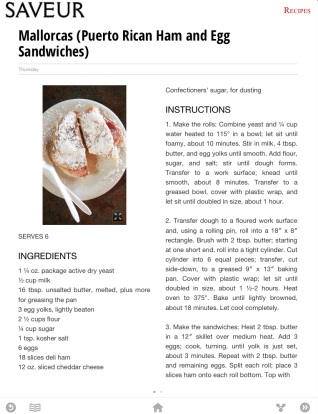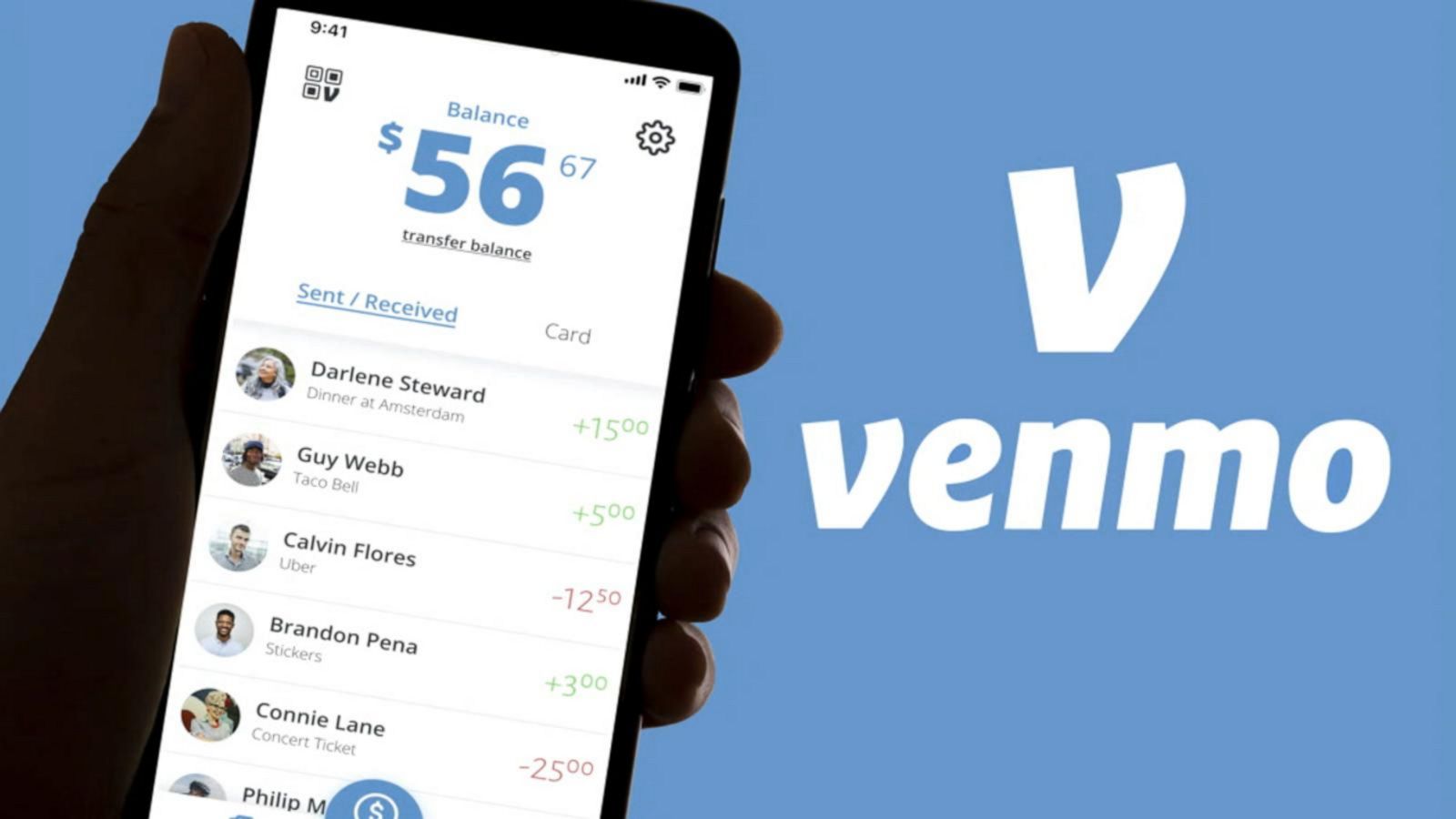


Meaning, no more signing in without a Microsoft Account. This year, Windows 11 Home has a hard requirement for internet access. Let’s take a deeper look at all of these default apps: Windows 11 Home
While some consumer apps are pinned to the Start Menu, they’re only shortcuts and don’t automatically install in any Windows 11 SKU. But there’s a new behavior for so called Microsoft Store automatically installed apps. Most of these apps are fundamental to the Windows experience like Notepad, Calculator, or Photos. Of course, Windows 11 comes with preinstalled (or in-box, included, default) apps just like Windows 10. IT Admins mainly used that script to remove the Microsoft Store automatically installed apps like Duolingo or Flipboard, but also some of the built-in Windows apps that they just didn’t want users to have access to (Xbox). It also uses the Get-AppxPackage command if it’s attempting to remove apps on a running/online system (rather than an offline mounted image). The RemoveApps script uses the Get-AppxProvisionedPackage command to retrieve all of the preinstalled apps, add them to an xml, and then removes them. When deploying Windows 10, many IT Admins used the RemoveApps PowerShell script to determine which apps were preinstalled and to subsequently remove those apps in their imaging process. But – the first step to removing apps is knowing which ones are preinstalled. Since the Microsoft Store for Business is officially being retired, it looks like we’ll need to revisit that blog for Windows 11. One of our most popular blog posts to this day is removing in-box apps in a modern way, where we leverage the Microsoft Store for Business & Intune to remove preinstalled Windows 10 apps. Expect this post to be updated accordingly. All of the following was tested with the Windows 11 Preview ISO version 22454.


 0 kommentar(er)
0 kommentar(er)
